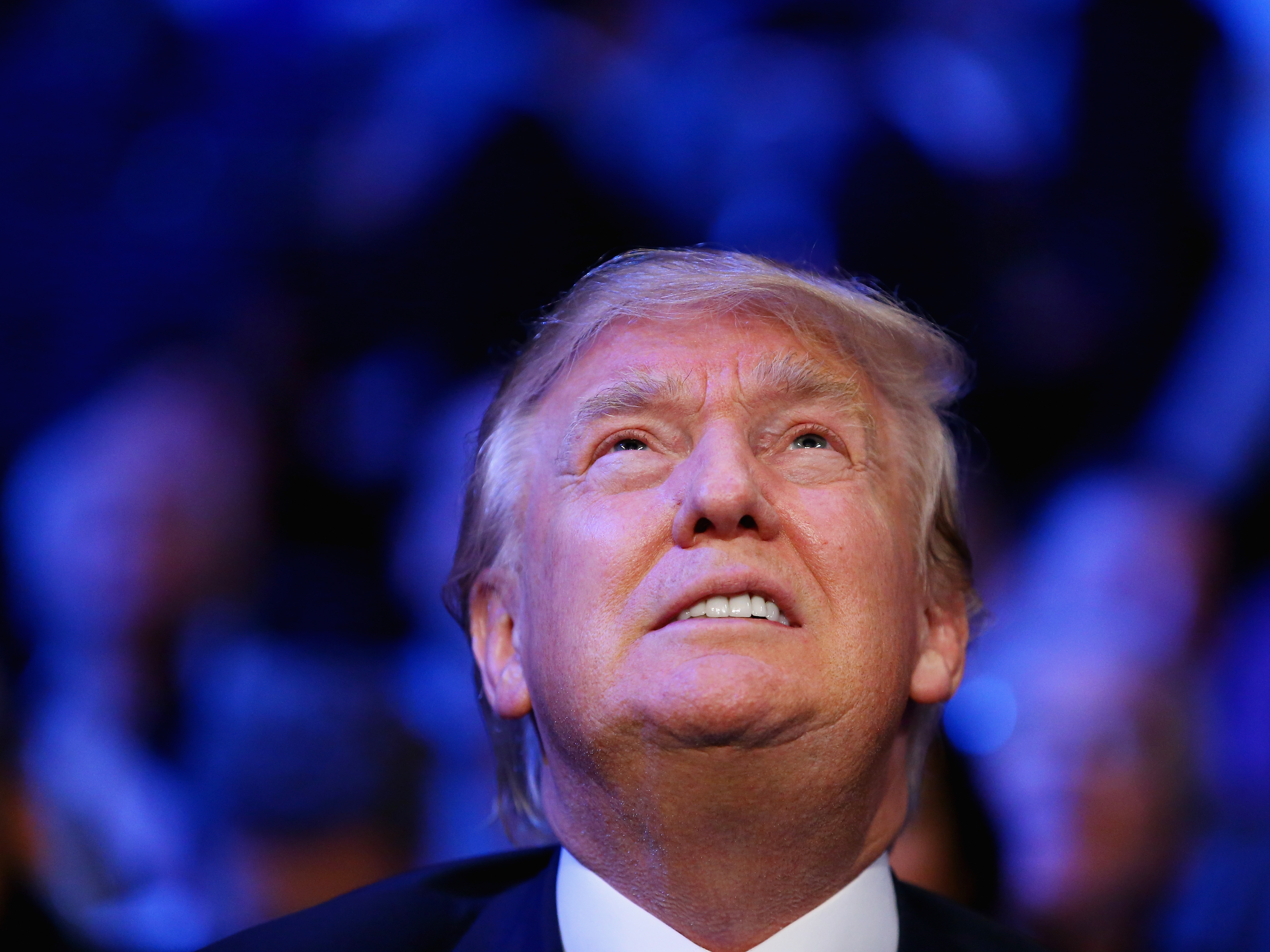The US dollar has been on a roll since President-elect Donald Trump’s win in early November.
The greenback rose against most major developed and emerging market currencies in the aftermath, and the trade-weighted dollar index is now hovering around 102.64 on Wednesday – near 14-year highs.
At least part of that appreciation could be attributed to the markets reacting to Trump’s proposed fiscal policy initiatives. And last month analysts had argued that the currency still has some room to roar going forward.
In a recent note to clients, a team at HSBC led by strategist David Bloom echoed the sentiment, noting that they expect dollar strength to continue through the first half of 2017. However, the “euphoria” will start to fade halfway through the year, they argued.
“We believe too much will be priced in to the currency market in terms of a successful reflation trade. The USD rally will reverse as belief in Trump-flation turns to realization that the scale of policy overhaul is relatively modest (‘Trump-lite’), and that the results are underwhelming as a consequence (‘Trump-failure’). We expect a retracement from mid-year to the end of the year,” they wrote.
Interestingly, the team compared the today's US dollar to the Japanese yen in 2012-2013 following the re-election of prime minister Shinzo Abe.
After Abe's election, the yen weakened significantly against the dollar as investors welcomed decisions by the Bank of Japan. Ultimately, however, the results were mixed, and the yen appreciated against the dollar in 2015-2016. (You can see this in the char below.)
"Japan provided a blue-print for how politics and belief can re-shape a currency's fortunes," the HSBC team explained. "In particular, it reminds us that the market is willing to give a new political landscape the benefit of the doubt in terms of delivery even when the evidence raises questions about its likely success. The three arrows of Abenomics played out over four years and now it looks like a failure; however, that did not stop the JPY from materially weakening."

Fast forward to 2016-2017, and roughly the same thing could happen with the dollar, albeit over a shorter timeframe, the HSBC team argues.
Essentially, investors are feeling jazzed about certain Trump policies in the post-election honeymoon phase, and this has given a positive boost to the greenback. But going forward they may grow disappointed if things don't turn up aces.
We should note that there are crucial differences between Abenomics and (for lack of a better term) Trumponomics. The former focused more on easing monetary policy and aimed for a weaker currency, while Trump's fiscal policy proposals have so far provided support for a stronger currency. And so, what the HSBC team is discussing is more a look at broader investor behavior and how that could affect currency markets rather than about specific parallels between Japanese and American policy.
"In short this year will be a year of two halves for the USD. The first half will be full of euphoria, optimism and hope," they concluded. "The second half should see the USD give back some of its gains as the bureaucracy of office and economic reality kicks in."

